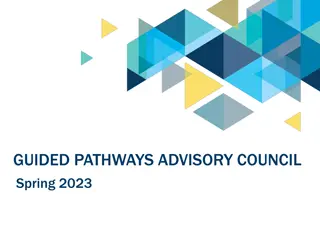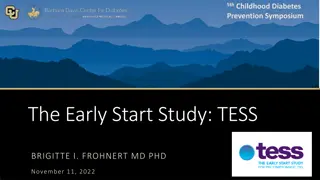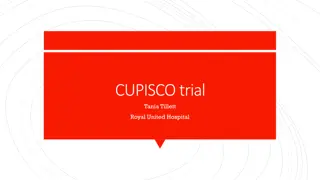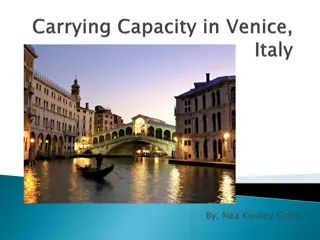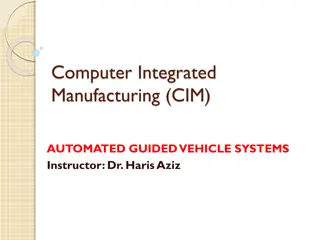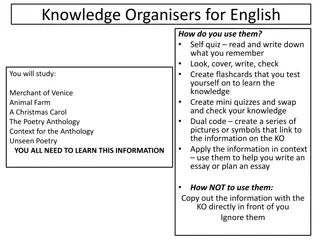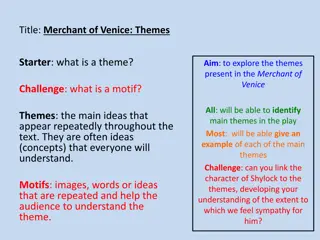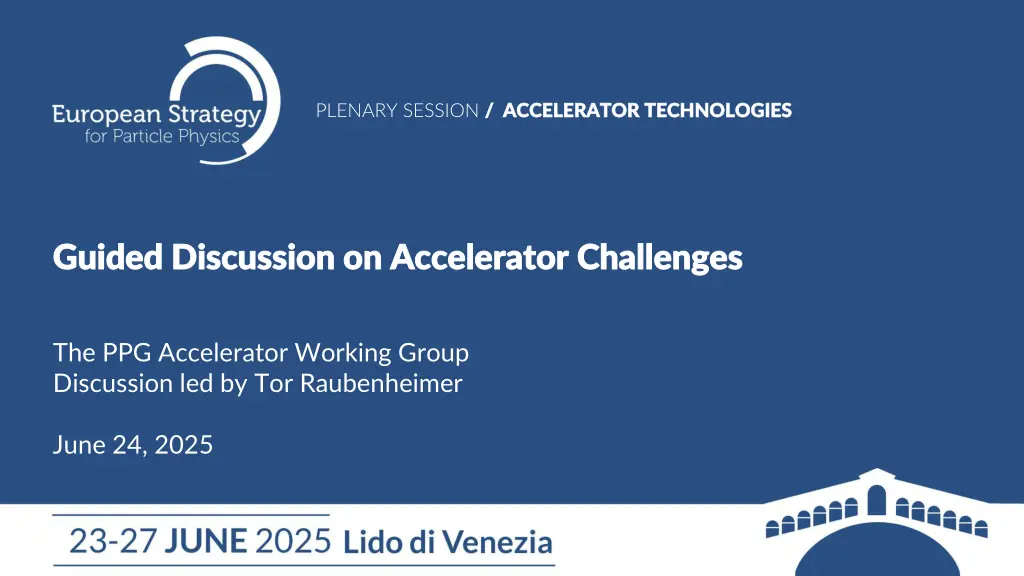
Guided Discussion on Accelerator Challenges
"Join the Guided Discussion on Accelerator Challenges led by Tor Raubenheimer, focusing on topics like luminosity extrapolations, baselining project R&D, technology validation, and more. Exchange ideas across experimentalists, theorists, and accelerator experts for a vibrant physics program post-LHC at CERN."
Download Presentation

Please find below an Image/Link to download the presentation.
The content on the website is provided AS IS for your information and personal use only. It may not be sold, licensed, or shared on other websites without obtaining consent from the author. If you encounter any issues during the download, it is possible that the publisher has removed the file from their server.
You are allowed to download the files provided on this website for personal or commercial use, subject to the condition that they are used lawfully. All files are the property of their respective owners.
The content on the website is provided AS IS for your information and personal use only. It may not be sold, licensed, or shared on other websites without obtaining consent from the author.
E N D
Presentation Transcript
PLENARY SESSION / ACCELERATOR TECHNOLOGIES / ACCELERATOR TECHNOLOGIES Guided Discussion on Accelerator Challenges Guided Discussion on Accelerator Challenges The PPG Accelerator Working Group Discussion led by Tor Raubenheimer June 24, 2025
Questions for Discussion 1. How realistic are the luminosity extrapolations for the various projects? (8 min) 2. How should we approach baselining project R&D? (8 min) 3. What scale of systems demonstrations and (test) facilities are needed to "validate" technology? (8 min) 4. Looking forward, how do we balance the investment in accelerator R&D for a 10 TeV pCM collider and beyond? (8 min) 5. Open floor (10 min) 6. Bonus questions Guided Discussion on Accelerator Challenges - T. Raubenheimer 24/06/2025 2
Guidelines The goal of this discussion is to exchange ideas and concerns between experimentalists, theorists, and the accelerator folks The overall European strategy is beyond this discussion s purview Lets avoid discussion of detailed project parameters or costs but we should discuss R&D and project risk. If the discussion gets too detailed, I will redirect it. Please remain respectful at all times! Although we may prioritize different paths, our goals are similar, namely a vibrant physics program at CERN in the post-LHC era Guided Discussion on Accelerator Challenges - T. Raubenheimer 24/06/2025 3
Question 1 How realistic are the luminosity extrapolations for the various projects? We heard from the projects this morning and then a summary of the luminosity challenges from Gianluigi this afternoon. We have experience with many colliding beam storage rings, experience with one linear collider, and no muon colliders. That said, in all cases designs are pushing beyond the SOA so does this matter? Physics models and benchmarked simulations have greatly increased fidelity. Reasonable full Start-2-End simulations have been developed for ILC and CLIC, are being developed for FCC-ee, and will be developed for MC and LCF. How much can we rely on simulations for luminosity extrapolations? Guided Discussion on Accelerator Challenges - T. Raubenheimer 24/06/2025 4
Question 1a How do we give confidence in these luminosity calculations to the community? Understanding the performance parameters and the risks from the different projects is critical to make informed decisions but difficult to do! Internal reviews and backing of laboratories with successful track records provide some reference Expert reviews (especially if the summaries are made public) can provide another reference Operating accelerators and test facilities also provide some reference but frequently require some interpretation How do we balance project management, community needs, and technical progress? Guided Discussion on Accelerator Challenges - T. Raubenheimer 24/06/2025 5
Question 2 How should we approach baselining project R&D? In the past, designs have been based on "reasonable" extrapolations of the existing technology For example, the LHC dipole design was 'frozen' 5 years after project approval and the LCLS-II SRF Q0 was not achieved until after the production of the 1st few CM a few years after the project start. Not driving reasonable technological improvements may lead to increased costs and reduce interest in the project from the community and more broadly across society. However, this approach may be more challenging in a more risk-adverse current climate. Guided Discussion on Accelerator Challenges - T. Raubenheimer 24/06/2025 6
Question 3 What scale of systems demonstrations and (test) facilities are needed to "validate" technology? There are many levels of validation, including full component prototyping before series production, that will happen after approval. Here would like to focus on systems-level validations. For example, one could consider the EuXFEL as a systems validation for ILC albeit at 2/3 the ILC SRF gradient. Other examples might be the SLC for a linear collider and LEP/LEP2, PEP-II, KEKB, DAPHNE and SuperKEKB for FCC/CEPC. Many dedicated test facilities have been or will be constructed: ATF, CESR- TA, CTF3, FFTB, ATF2, P3, MC demonstrator, Many of these test facilities have not met their design goals but still provide very important benchmarks. What else is needed? Guided Discussion on Accelerator Challenges - T. Raubenheimer 24/06/2025 7
Question 3 (plot) What scale of systems demonstrations and (test) facilities are needed to "validate" technology? This plot of effective normalized emittance illustrates the optics challenges. One can also plot the vertical spot size but that is more pessimistic for the future colliders at high energy since the beam size naturally decreases as the sqrt of energy. https://arxiv.org/pdf/2506.12361, Tomas, Ohnishi, Zimmermann (2025) Guided Discussion on Accelerator Challenges - T. Raubenheimer 24/06/2025 8
Question 4 Looking forward, how do we balance the investment in accelerator R&D for a 10 TeV pCM collider and beyond? Large investments will be needed in high field magnets, Muon Collider, and/or Plasma for a future high energy collider. When should we down- select between options? What about other blue-sky R&D ideas that are not directed at a specific approach? How do we ensure that this R&D is relevant to the HEP future? In a zero-sum funding world, how do we balance the timescale for project completion versus R&D for future projects and blue-sky R&D versus "directed" R&D? Guided Discussion on Accelerator Challenges - T. Raubenheimer 24/06/2025 9
Question 5 Open discussion Guided Discussion on Accelerator Challenges - T. Raubenheimer 24/06/2025 10
Bonus Questions How can we increase engagement between particle physicists and the accelerator community? How should think about the balance between investing in construction and investing in operations? Does anybody have a better name for the acronym FCC (it will never get built if it remains a Future circular collider) Guided Discussion on Accelerator Challenges - T. Raubenheimer 24/06/2025 11



